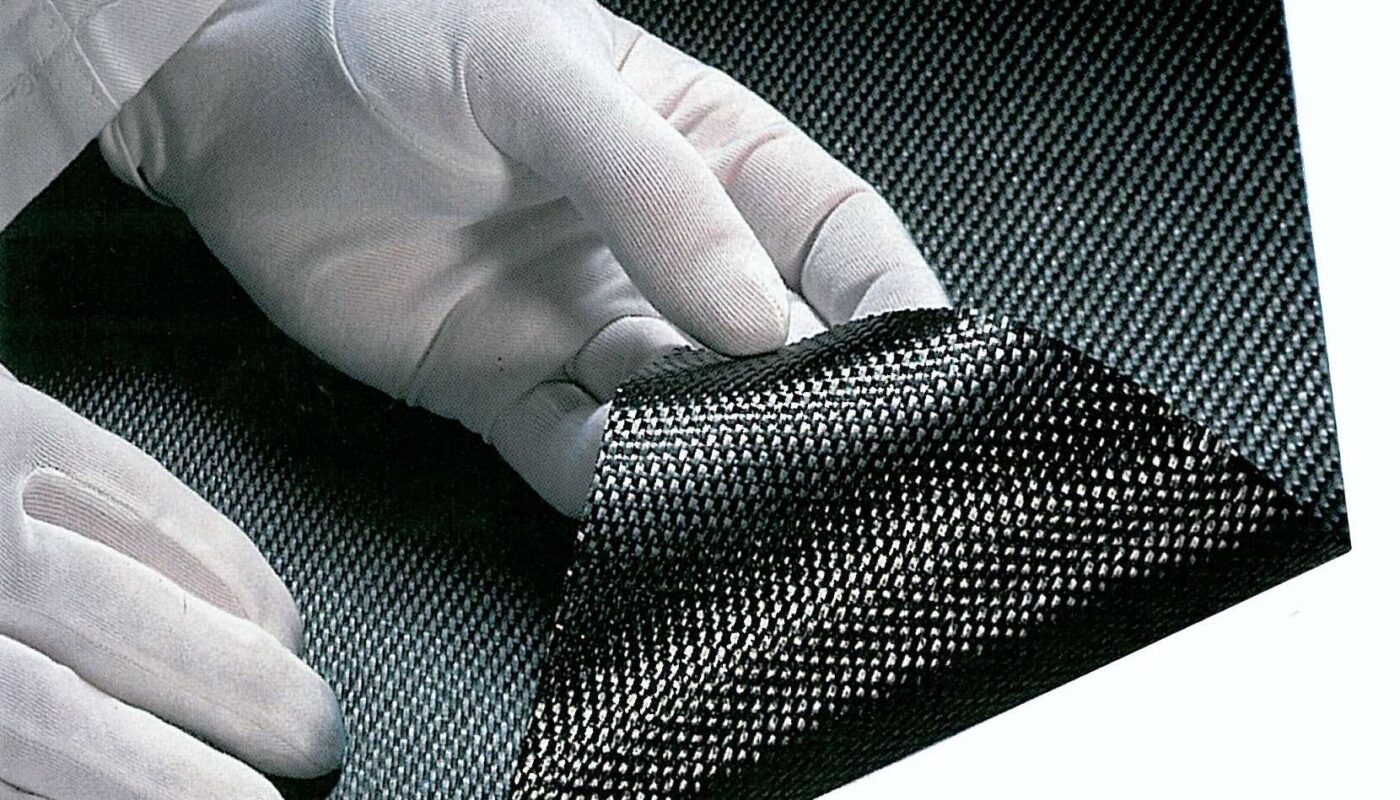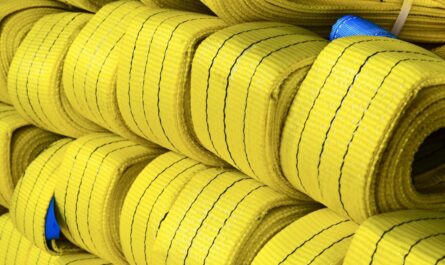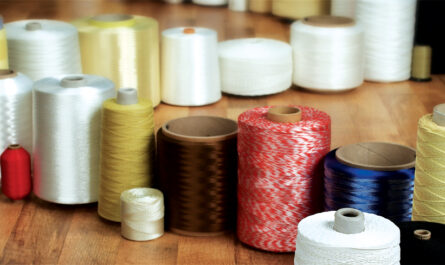Carbon prepreg is a high-performance composite material consisting of carbon fibers that are pre-impregnated or pre-soaked with a thermosetting epoxy resin. This advanced composite material offers several benefits over traditional composites and metals and is increasingly being adopted in various industries. In this article, we will explore what carbon prepreg is, its key properties and applications, challenges with manufacturing, and the future outlook for this promising composite material.
What is carbon prepreg?
Carbon prepreg is made by soaking continuous carbon fibers with a low-viscosity, partially polymerized epoxy or other resin. The resin binds the carbon fibers together and not only transfers load between them but also protects them from damage. After laying up plies of carbon prepreg in the desired orientation, application of heat causes the resin to fully cure and harden. This curing process results in a very strong yet lightweight composite material.
The key advantages of using prepreg over dry fibers are that it allows for automated high-volume manufacturing of consistent, defect-free parts through automated layup machines. It also eliminates the resin infusion process needed with dry fiber composites.
Properties and benefits of Carbon Prepreg
Due to the high strength and stiffness of carbon fibers combined with tough resins, carbon prepreg composites provide exceptional specific stiffness and strength properties. Some key properties of carbon prepreg include:
– High specific strength and stiffness – Carbon prepregs offer strength-to-weight and stiffness-to-weight ratios much higher than steel or aluminum. This makes them ideal for applications where lightweight yet durable performance is critical.
– Fatigue and impact resistance – When made with toughened resins, carbon prepregs demonstrate excellent resistance to fatigue loading as well as impact damage tolerance.
– Design flexibility – Carbon prepregs can be precision-placed and oriented to engineer in strength, stiffness, damping and other properties as per the design requirements. Complex geometries can also be manufactured.
– durability – Carbon prepreg composites have demonstrated very high durability and lifespan in demanding applications with minimal maintenance requirements over metal counterparts.
– Corrosion resistance – Being inert materials, carbon prepregs offer excellent resistance to corrosion from various environmental factors.
Key application areas
Due to the benefits offered, carbon prepreg has emerged as the material of choice for various demanding applications:
Aerospace – Primary and secondary aircraft structures, engine components, radomes etc. benefit from the lightweight yet durable nature of carbon prepregs. Majority of modern commercial and military aircraft utilize carbon prepreg composites.
Automotive – High-performance sports cars, supercars and electric vehicles leverage carbon prepregs for parts like chassis, floors, seats etc. to reduce weight.
Wind energy – Carbon prepregs are ideal for wind turbine blades due to their strength, lightweight and durability in harsh environments. Blades made from carbon prepreg composites last over 20 years.
Marine – High-speed boats, super-yachts and ship/sub components increasingly use carbon prepregs for their strength to weight advantages over metals.
Infrastructure – Bridges, stadium rooftops utilize carbon prepregs due to durability against environmental factors and minimal maintenance needs over long service life.
Challenges with manufacturing carbon prepreg composites
While carbon prepregs offer tremendous benefits, their manufacturing does pose certain challenges:
– Higher material and production costs – Carbon prepregs require more expensive raw materials and a higher degree of automation compared to dry fiber composites.
– Moisture sensitivity – Opened prepregs must be stored and processed in temperature and humidity-controlled conditions to avoid moisture ingress that affects bond strength and fiber quality.
– Complex curing cycles – Achieving full resin cure across sometimes large and complex parts requires advanced autoclave technology and precise curing cycle management.
– Limited shelf life – Uncured or partially cured prepregs have a limited shelf life typically ranging from weeks to months based on storage conditions.
– Intricate part designs – Complex geometries and variable fiber orientations increase production complexities for carbon prepreg parts.
– Skilled labor needs – Training and retaining operational manpower with composites manufacturing expertise remains an ongoing requirement.
Future of Carbon Prepreg composites
Despite manufacturing challenges, the superior properties of carbon prepregs as well as advances in automation have increased their adoption rapidly across industries. Major aircraft OEMs have embraced carbon prepregs for next-generation programs. Automotive and renewable energy sectors are also transitioning from metals to carbon prepregs to meet lightweighting and performance targets.
On the materials front, ongoing R&D is developing new resin systems tailored for recyclability as well as increasing prepreg shelf life and reducing moisture sensitivity. Use of automated fiber placement (AFP) and automated tape laying (ATL) technologies have tremendously enhanced production rates and part quality consistency of carbon prepreg composites in recent years.
With their unparalleled strength and stiffness properties along with design flexibility, carbon prepregs have emerged as a widely adopted advanced composite material offering tangible benefits over traditional metals. While manufacturing complexities persist, ongoing developments are addressing challenges to make carbon prepreg technologies accessible to an even wider range of industries. The future remains very bright for carbon prepregs to augment adoption of composite materials across key applications demanding lightweight yet durable structural performance.
*Note:
1. Source: Coherent Market Insights, Public sources, Desk research
2. We have leveraged AI tools to mine information and compile it



